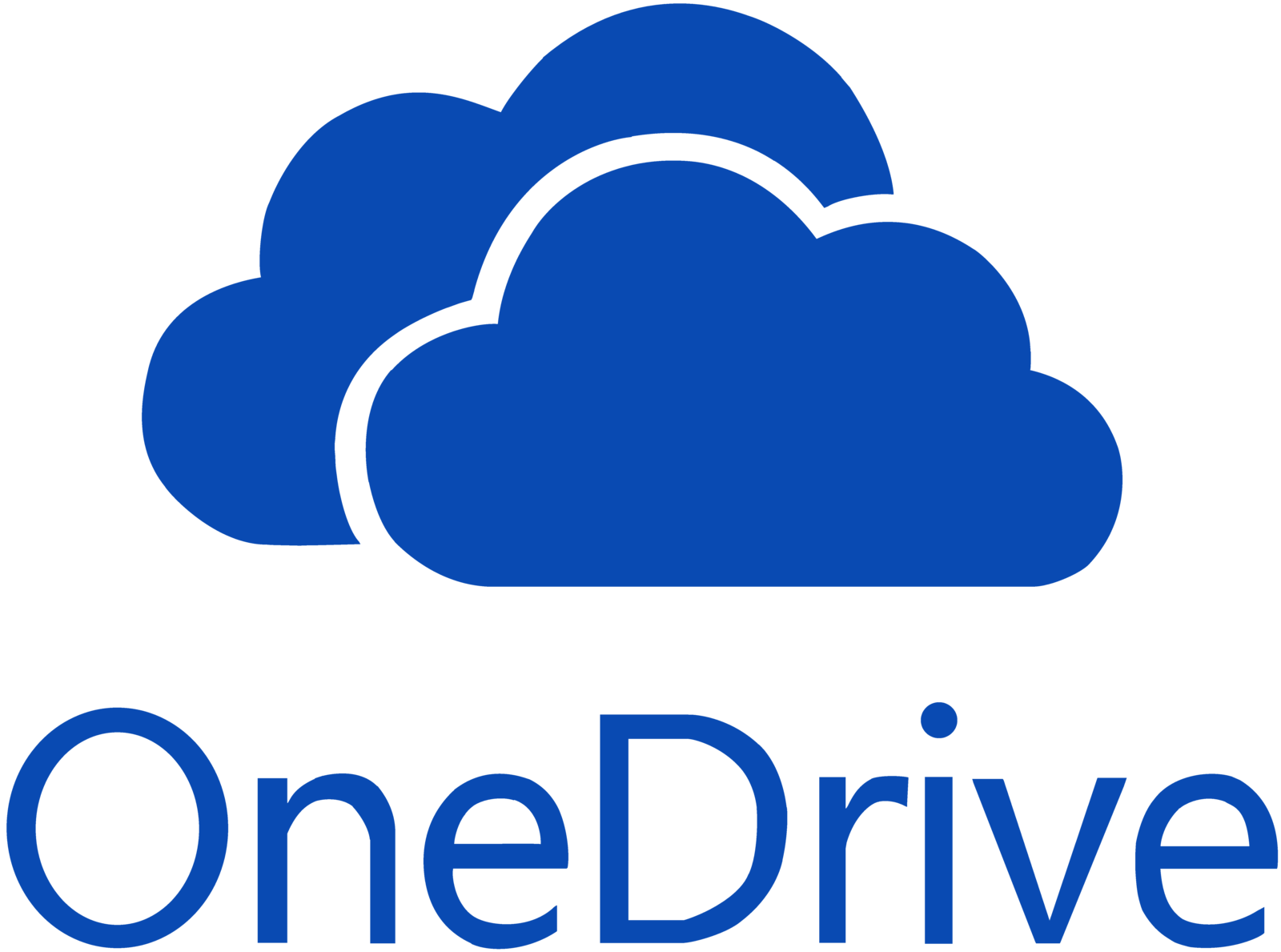Updated March 22, 2023

Introduction to Free Cloud Computing
In the article, Free Cloud Computing time has come when we need not be tensed if we lose a photo or a document. Everything is safe in Google Drive and Google photos. Proper use with security saves all photos and documents in the cloud. Basic knowledge of cloud services helps us to use them freely. Commonly known cloud services are Google Drive, Dropbox, one drive, and iCloud, and so on. Most of these provide storage of 50GB. Companies have been introduced to help people and their businesses. Many of the free cloud services offer more storage if we refer to friends. Let us check some free cloud services.
Top 8 Free Cloud Computing Services
Below are the top free cloud computing services.
1. Google Drive
Many of us knowingly or unknowingly use google drive to save a document or slides. It offers 15GB storage freely. It is easy to use google drive if we have synchronized our mobile or computer devices with google account. Even if we are offline or the network is slow, it is easy to access Google Drive and check the files needed. This is one of the famous free cloud storage. Folders can be created in google drive and can be shared with other users. Storage is shared with other Google apps. It is easy to collaborate with others using google drive.
2. Dropbox
Dropbox is a household name that has both mobile and desktop apps. Dropbox starts with a 2GB storage free which adds up to 18GB in simple ways. We can share files through dropbox to anyone even though they do not have a dropbox account. Dropbox has good backup features. Dropbox provides a remote wipe feature that helps to erase all files or documents if the device is lost. Dropbox will not automatically copy all the files and hence we have to select and copy the files. Dropbox is secured with a scalable infrastructure protected with 256-bit Advanced Encryption Standard (AES). Dropbox saves a copy of the file on our computer if it is saved in dropbox.
3. OneDrive
OneDrive was known as SkyDrive which is owned by Microsoft that provides 5GB of storage when the user signs up. This app provides extra storage if we refer a friend or do some other tasks. OneDrive also supports sharing files with users who do not use OneDrive. OneDrive can be used in both mobile and desktop devices. After dropbox, people prefer OneDrive for cloud storage. Earlier it used to provide 15GB storage. Users can access Microsoft applications in OneDrive. Backup is available in OneDrive. Folder protection feature is available in OneDrive settings for safe storage of files.
4. Mega
Mega provides 50GB storage free. Mega does not integrate with the file system but needs a web browser to upload or download files. We may not get the original piece of data we saved in Mega as it adds or deletes some data that we have saved. Megastores only encrypted files. AES 128 bit key is used to encrypt and decrypt files or documents. We can use Mega in mobile and desktops. Mega is slow when compared with other apps. Mega files are publicly shared so that anyone can download the shared content without any authorization.
5. Media Fire
Media Fire provides 10GB of data storage to store photos and documents online. This is easy to use. File synchronization is also done in Media Fire. Media Fire is used in both mobile and desktop. Files are shared both publicly and privately through Media Fire. It also provides links that can be used only once to download the files. Media Fire is one of the fastest-growing cloud apps. It supports most of the file formats for audio and video storage as well as document storage. Contacts are imported for private sharing of files. Also, it is done through email.
6. Sync.com
Sync.com provides 5GB free storage which can be upgraded any time. Sync provides privacy with end to end encryption. Sync helps users to send files to anyone even though they don’t have a sync account. File backup is done automatically. Sync is used on both mobile and desktop. Files that are shared are accessed through the sync folder. Deleted files are recovered in the Sync app. The app is updated automatically so that better performance is ensured. Files are protected with passwords provided by users. App transfer speed can be set up according to user preference. The progress tab shows the progress of the files being transferred.
7. pCloud
pCloud provides a maximum of 2TB storage for a lifetime and 10GB storage for its basic accounts. In pCloud, we can work on the files stored in the server and hence it acts as a work-sharing tool. It creates a virtual drive in the computer to store the files. pCloud crypto stores the files safely with encryption. Integrated file sharing and synchronization are provided in pCloud drive. The status of uploading is shown at the bottom of the window. pCloud has both mobile and desktop applications. File history is tracked for 30 days even though it is deleted.
8. Amazon Drive
Amazon Drive, previously known as Amazon Cloud Drive is Amazon’s cloud storage that provides 5GB storage for prime and non-prime members. Also, the user can order photo prints in Amazon drive. The application is highly customizable. As of now, Amazon’s drive is limited to a few countries. Amazon’s Drive has both mobile and desktop applications. The application is mainly used to store photos. Files are automatically backed up and uploaded. A shareable link is created to share files with other users. At any point, the user can break the link and make the files private. Many languages are being supported in Amazon’s drive. Some other free cloud storage applications are iCloud, Zoho, planbox, box. Most of these help in collaboration and project management.
Conclusion
Though cloud storage is helpful to store and access our data, it is good to remember that the cloud is not safe up to a level. So it is good to select a cloud application that provides better encryption and safety to our files and photos. Care has to be taken while sharing private photos in the cloud. Other than this, cloud storage is one of the best things that technology has given to us.
Recommended Articles
This is a guide to Free Cloud Computing. Here we discuss the basic concept and top Free cloud computing services like google drive, OneDrive, Mega, Media Fire, etc, in detailed. You can also go through our other suggested articles to learn more –









